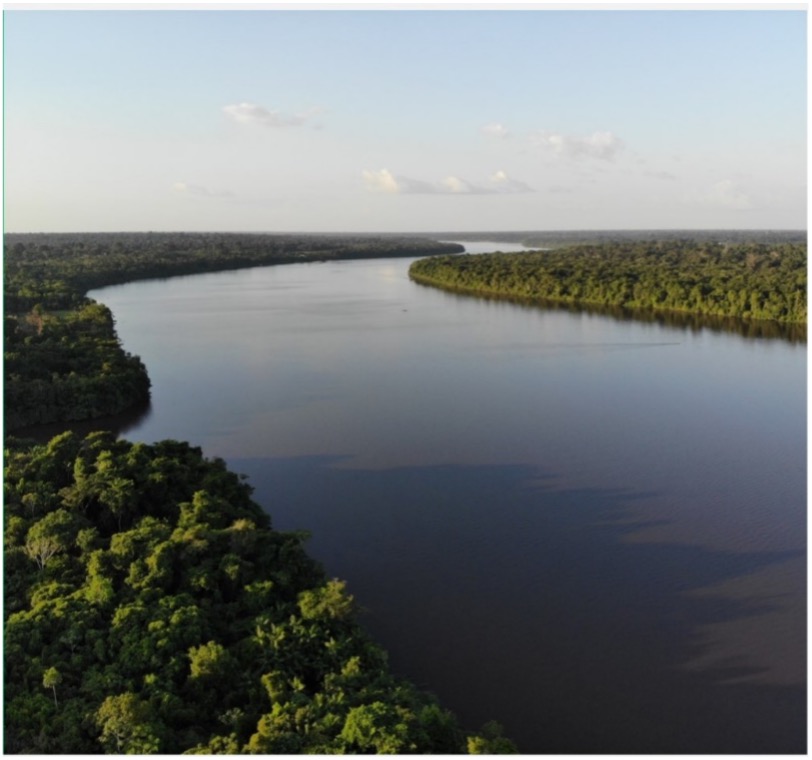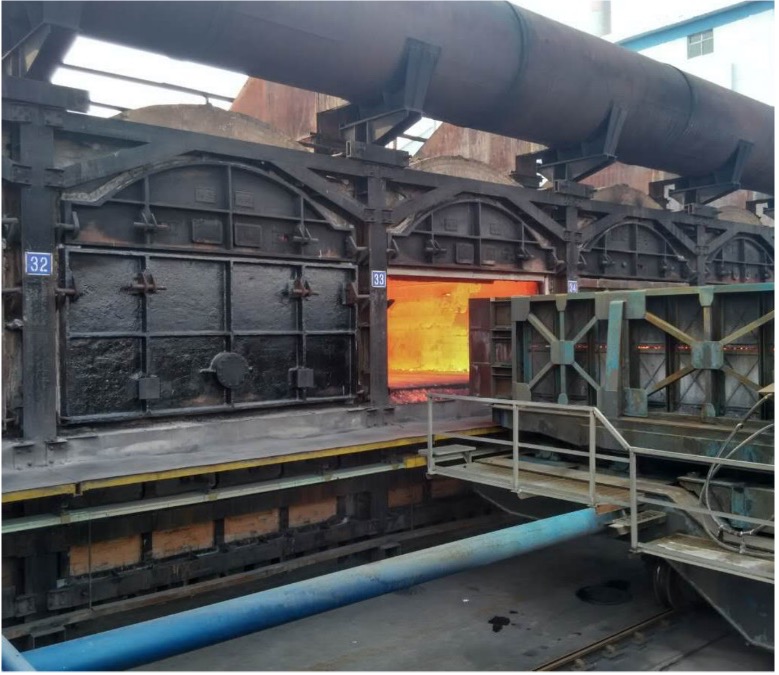
We work with industry experts to calculate our carbon impact
It’s tricky to figure out how much impact a Fleewinter holiday actually has. It’s an even trickier problem to offset that impact with projects that really work.
We needed some help, first to calculate our impact but also to find legitimate projects that support long term sustainable change. So, we asked the experts.
We estimate the impact each holiday with Fleewinter has using globally-recognised standards.
We then purchase “carbon credits” from a company that finds legitimate, impactful offsetting projects. The credits we purchase are distributed between four projects that meet a strict set of ethical and qualitative criteria.
Find out more about the current projects we support below.


